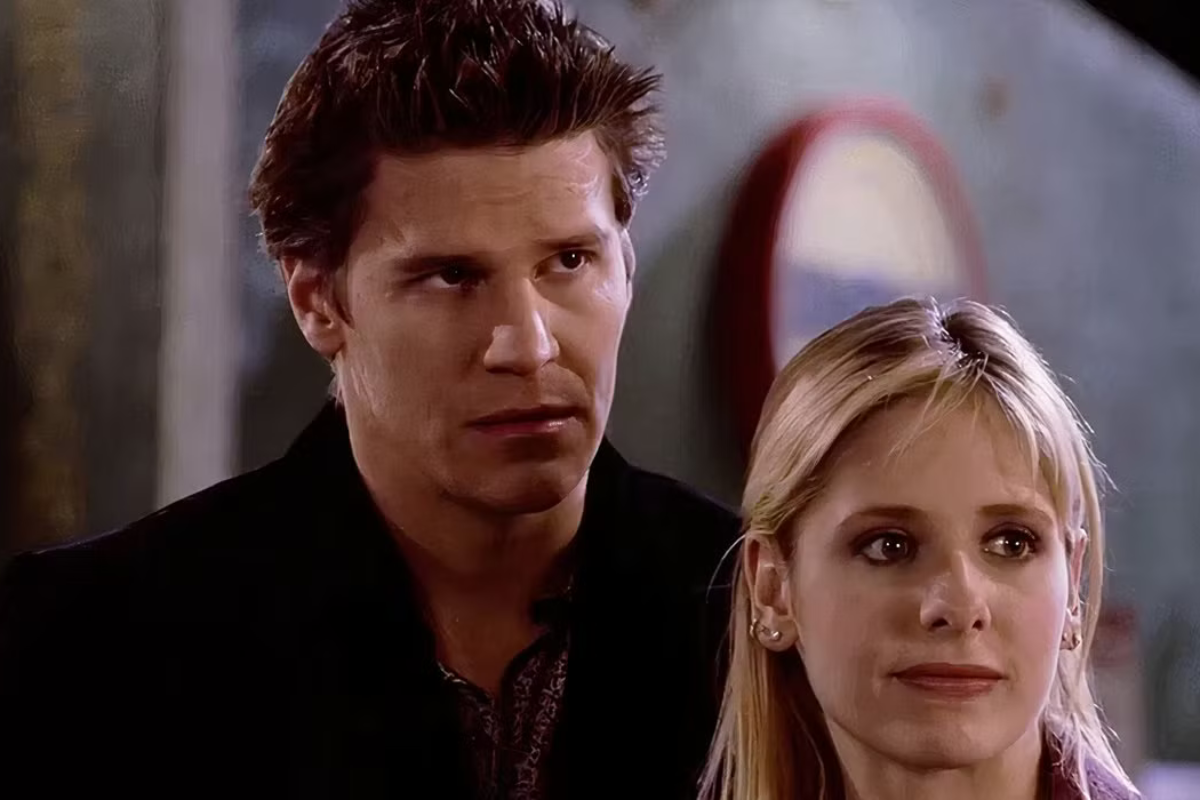Jeanne’s Screenwriting Tips: Polishing a Screenplay
Script magazine Editor gives tips for polishing a screenplay that she’s learned from her screenwriting mentors to make your script read fast and furious.
I’ve been blessed to have some amazing screenwriting mentors over the years. Finding one isn’t easy, but once you do, it’ll change your writing forever. The first step is to open your mind, put your ego aside, and get ready to learn more than any screenwriting book can teach you.
I’ve discussed rewriting a screenplay many times, but today, I want to give you tips for polishing a screenplay that I’ve learned from Unknown Screenwriter. This isn’t rewriting or fixing typos. This is tried and true techniques to make your script read fast and furious… and slash pages like a serial killer.
After you’ve gone through the basic rewrite and your story is solid (a check on structure, character development and making sure all the unnecessary scenes are cut), it’s time to get down to the nitty gritty.
Step One: Cut the fatty descriptors.
On this pass, only look at the descriptors. Wordy scripts drag a reader to a crawl. Read each and every word and decide if it’s really necessary. Is there a way you can say the same thing in a shorter way without losing the meaning? Bonus Tip: This is why I love Twitter. Learning how to write in 140-character bits is an amazing editing tool.
Let me give you an example from our script, Slavery by Another Name.
This is how the original descriptor read:
Train whistle BLOWS. Whites and blacks bustle about the manure-littered COBBLESTONE STREETS, dodging the CLANGING electric trolley, carriages, a few early automobiles and open wagons driven by muddy black teamsters.
This is how it reads now:
Train whistle BLOWS. Whites and blacks dodge a CLANGING electric trolley, a few early automobiles and carriages driven by muddy black teamsters.
With those tweaks, the script lost a line without losing any of the meaning. Believe me, those lines add up. I promise you, you’re going to be shocked at how many you can slash.
Step Two: Cut the dialogue.
No doubt, while cutting the descriptors, you cheated and snuck into the dialogue boxes and did some slashing too. That’s fine, but there’s more to do.
In phase two, you’re only going to focus on the dialogue. Don’t even READ the descriptors. Just read the dialogue out loud. You’ll be able to see if it flows well. I compare it to closing your eyes in a movie theater and listening to the words spoken. All dialogue flaws will POP!
I did a screenshot of a scene we sliced using these techniques.
This was the first pass of the slice. When we went through and did the dialogue pass, we slashed even more, but this will give you an idea of what I’m trying to describe.
Tips: Choose every word carefully.
1. While you’re going through your entire script and cutting, also make sure to challenge every single word and sentence. Take a long look at your verbs. Are they action verbs? Do they help the reader visualize the scene? The answers should be yes and hell yes.
The more visually you can write, the quicker the read will be.
2. When you are cutting, see if things you say in dialogue can slash words from your descriptors and vice versa. Oftentimes, you do double duty without even realizing it.
3. If your slugline says INT. REESE HOUSE – KITCHEN, then you do not need to say, “Reese and Clara linger at the kitchen table.” Strike the word “kitchen.” We already know that’s the room they’re in. Yes, it’s just one word you’re striking, but every word adds up.
After implementing these tips, your new version will be lean and mean and a reading dream. By the time we were done with the murdering of fatty prose, we had lost 9 pages on the script!
Now, get on it, and let me know how many pages you were able to cut!
Get Script Magazine mentor series with Oscar-winning producer Ed Saxon (Silence of the Lambs).
I had the honor of meeting Ed at Screenwriters World Conference. I can't possibly express how critical it is for a writer's success to learn from people who have achieved it themselves. Plus, Ed is just one funny guy who delivers invaluable lessons every writer needs to know.
Need Editing Tips? Get 5 Top Reasons to Take Rewriting Seriously plus our FREE Rewrite Checklist Download
Jeanne Veillette Bowerman is a Senior Executive at Pipeline Media Group and Book Pipeline, Editor-in-Chief of Pipeline Artists, Director of Symposium—a year-round conference in the arts, co-host "Reckless Creatives" podcast, partner at Fringe Press, former Editor-in-Chief of Script magazine and a former Senior Editor at Writer's Digest. Recognized as one of the "Top 10 Most Influential Screenwriting Bloggers," her "Balls of Steel" column was selected as recommended reading by Universal Writers Program. A compilation of her articles is now available at The Writers Store—Balls of Steel: The Screenwriter's Mindset. She is also Co-Founder and moderator of X's weekly screenwriters’ chat, #Scriptchat, and wrote the narrative adaptation of the Pulitzer Prize-winning book, Slavery by Another Name, with its author, Douglas A. Blackmon, former senior national correspondent of The Wall Street Journal. More information can be found on her website. X: @jeannevb | IG/Threads: @jeannevb_ | BlueSky: @jeannevb.bsky.social







